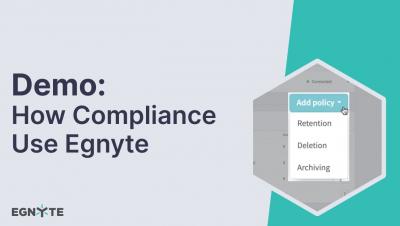Understanding The HIPAA Breach Notification Rule
HIPAA requires covered entities and business associates to secure protected health information (PHI). Failing to do so can result in steep fines and penalties. Some PHI breaches, however, are out of the organization’s control. Determined hackers can expose PHI, and employees can make mistakes — they’re only human, Despite training, rigorous security protocols, and constant monitoring, data breaches can happen.











